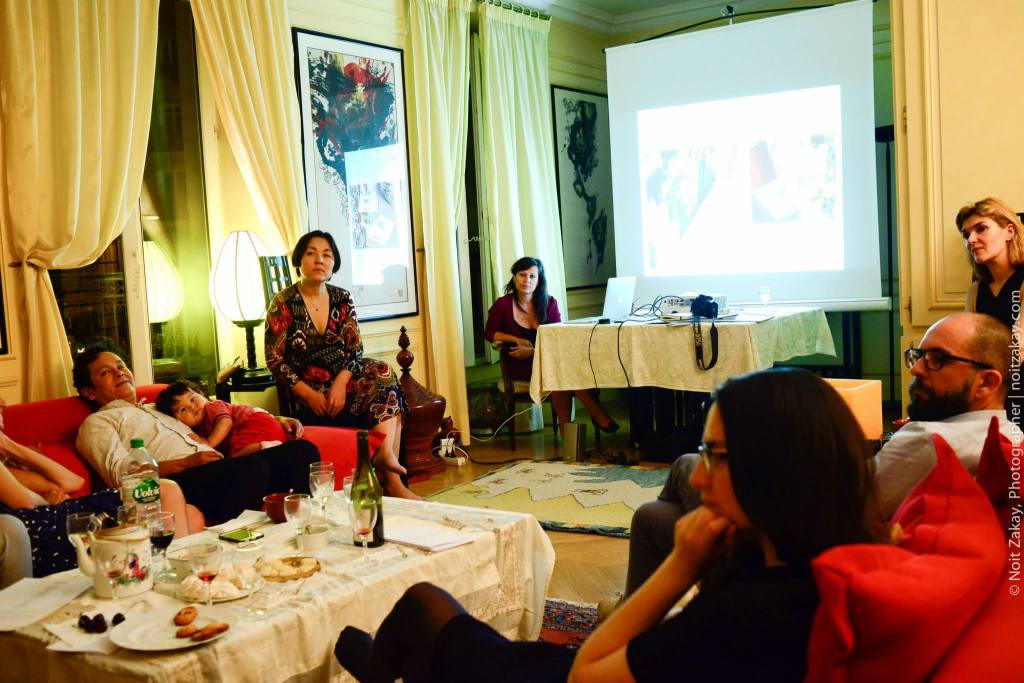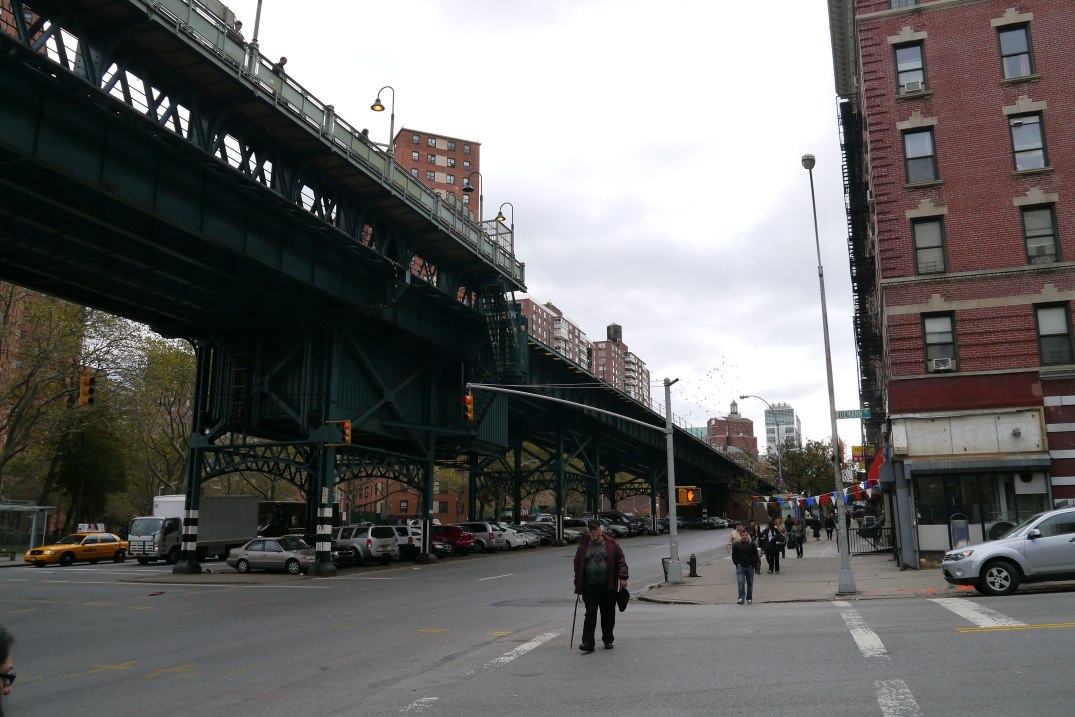 The Paris installation of the Eat&Crit project took place in the welcoming apartment of the host extraordinaire Soraya Chaar. The last installation of the Singapore-France Festival, the event was supported by the Institut Francais and the National Heritage Board of Singapore. The evening of warm and insightful conversations about art and food, meticulously planned by Michelle Lim and Elissa Cousseran since last year, started by with a round of informal introductions. The event brought together people from various avenues of food and art.
The Paris installation of the Eat&Crit project took place in the welcoming apartment of the host extraordinaire Soraya Chaar. The last installation of the Singapore-France Festival, the event was supported by the Institut Francais and the National Heritage Board of Singapore. The evening of warm and insightful conversations about art and food, meticulously planned by Michelle Lim and Elissa Cousseran since last year, started by with a round of informal introductions. The event brought together people from various avenues of food and art.
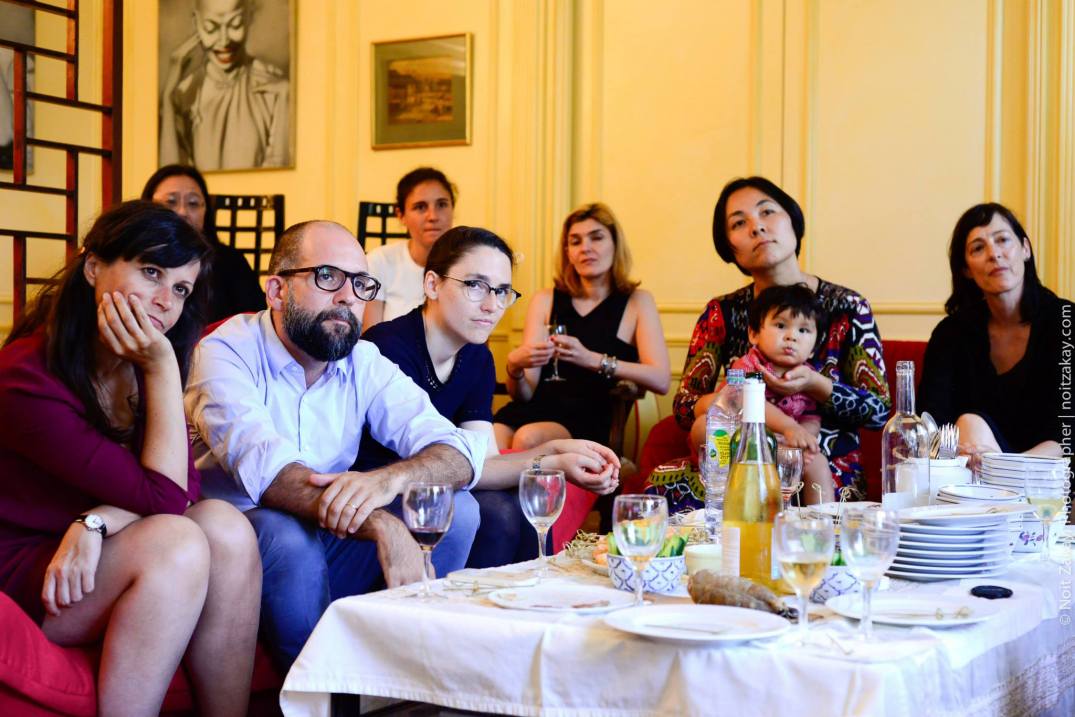 There were altogether three presentations, the first by Ka Fai Choy, a Berlin-based artist from Singapore, who is currently exploring the relationship between technology, the brain and movement, followed by San Weng Sit, a Singaporean artist living in Los Angeles who is fascinated by the connection between body and nation. Finally, there was Stéphanie Sagot, the artistic director of La Cuisine, Centre d’Art et de Design, in Nègrepelisse, France, who was joined by French artist Emma Dusong who was currently in residency and exhibiting at La Cuisine. Among the guests were artists, art historians and other people working in the creative sphere. Most of the present guests had had a chance to meet each other during the previous evening at the dinner hosted by Daniel and Zhanara Gallegos in their AirBnB apartment in a different part of the 17th arrondissement.
There were altogether three presentations, the first by Ka Fai Choy, a Berlin-based artist from Singapore, who is currently exploring the relationship between technology, the brain and movement, followed by San Weng Sit, a Singaporean artist living in Los Angeles who is fascinated by the connection between body and nation. Finally, there was Stéphanie Sagot, the artistic director of La Cuisine, Centre d’Art et de Design, in Nègrepelisse, France, who was joined by French artist Emma Dusong who was currently in residency and exhibiting at La Cuisine. Among the guests were artists, art historians and other people working in the creative sphere. Most of the present guests had had a chance to meet each other during the previous evening at the dinner hosted by Daniel and Zhanara Gallegos in their AirBnB apartment in a different part of the 17th arrondissement.
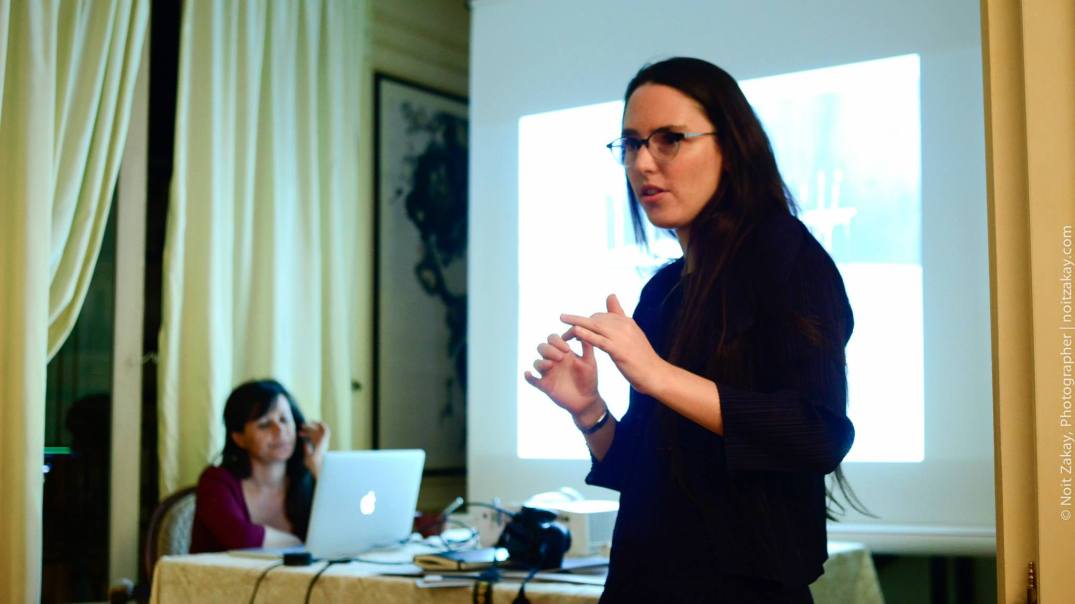 The subject of belonging–being from Singapore- was one of the persistent threads going through the evening. Ka Fai launched his presentation by showing a project on the Lan Fang Republic (https://lanfangchronicles.wordpress.com/lan-fang-republic/), a Chinese community founded in the 18th century in the West Borneo. Although the republic no longer exists, the memories of it among the local people offer a focal point to reflect on the present and future of Singapore, the fiftieth anniversary of which is being currently celebrated.
The subject of belonging–being from Singapore- was one of the persistent threads going through the evening. Ka Fai launched his presentation by showing a project on the Lan Fang Republic (https://lanfangchronicles.wordpress.com/lan-fang-republic/), a Chinese community founded in the 18th century in the West Borneo. Although the republic no longer exists, the memories of it among the local people offer a focal point to reflect on the present and future of Singapore, the fiftieth anniversary of which is being currently celebrated.  San’s work also addressed the question of Chineseness and the multiplicities that make it difficult to pin down to any single narrative. In her film-in-progress, she traces the various interpretations of the Butterfly Lovers–LIang Shanbo and Zhu Yingtai–a famous Chinese legend about a woman cross-dressed as a man.
San’s work also addressed the question of Chineseness and the multiplicities that make it difficult to pin down to any single narrative. In her film-in-progress, she traces the various interpretations of the Butterfly Lovers–LIang Shanbo and Zhu Yingtai–a famous Chinese legend about a woman cross-dressed as a man.
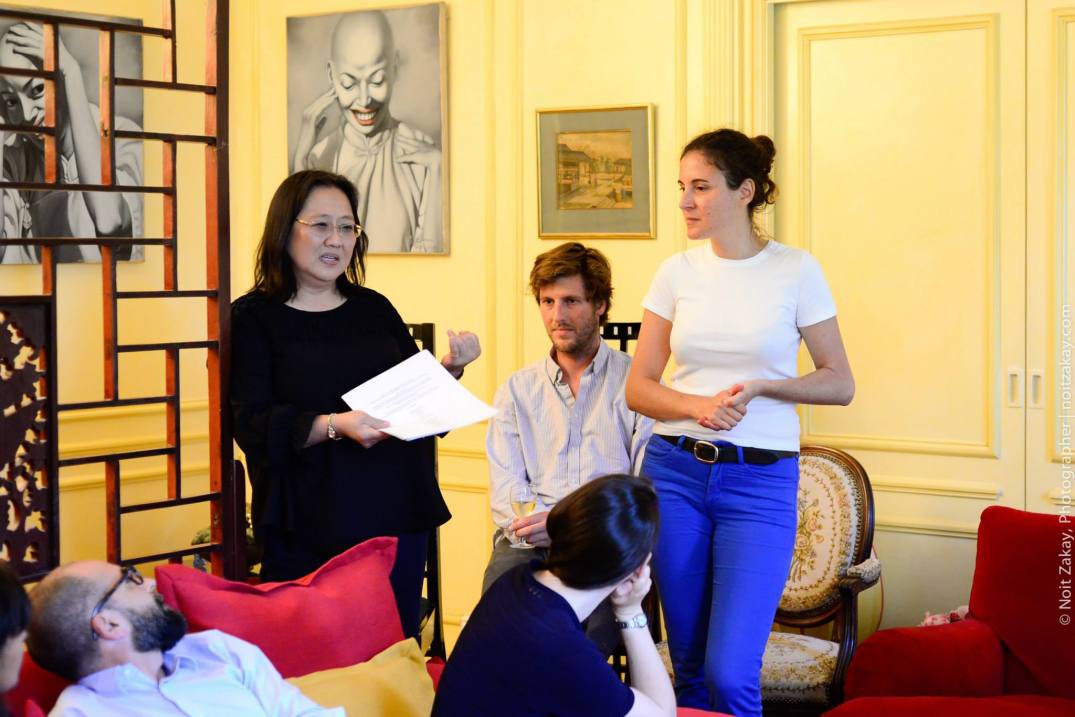 This theme was also expressed by the Singaporean artist Hui-Kiang Seng who works and lives in Paris by making the exquisite rendang rice dumplings (“zongzi”) with gold leaf. The rendang filling was beef stewed in coconut milk, ginger and other spices. Zongzi is also based on a another famous Chinese legend about the patriotic Chinese poet Qu Yuan. Hui-Kiang decided to make the Zongzi partly in commemoration of “Duanwu” (Double Fifth) Festival which was the previous weekend. Before serving the beautiful constellation of individually-bamboo-leaf wrapped steamed dumplings sprinkled by finely grated coconut, Hui-Kang handed out print-outs of her recipe and explained that they were her own special version. The zongzi combined different traditions inherent in Singapore, Chinese and Indonesian Javanese cuisine. The dumplings had a complex flavor that combined both sweet and savory tastes as well as both crumbly and glutinous textures.
This theme was also expressed by the Singaporean artist Hui-Kiang Seng who works and lives in Paris by making the exquisite rendang rice dumplings (“zongzi”) with gold leaf. The rendang filling was beef stewed in coconut milk, ginger and other spices. Zongzi is also based on a another famous Chinese legend about the patriotic Chinese poet Qu Yuan. Hui-Kiang decided to make the Zongzi partly in commemoration of “Duanwu” (Double Fifth) Festival which was the previous weekend. Before serving the beautiful constellation of individually-bamboo-leaf wrapped steamed dumplings sprinkled by finely grated coconut, Hui-Kang handed out print-outs of her recipe and explained that they were her own special version. The zongzi combined different traditions inherent in Singapore, Chinese and Indonesian Javanese cuisine. The dumplings had a complex flavor that combined both sweet and savory tastes as well as both crumbly and glutinous textures.
 The host, Soraya, who also grew up in Southeast Asia, curated the dinner around ginger and/or coconut– the flavors of the regional cuisine– and prepared mango shrimp and ginger ceviche. She also generously shared the saucisson, the hand-made sausages prepared by her family in the countryside, and homemade coconut madeleines. The madeleines- tea cookies- were Soraya’s experiment using coconut flour. Another addition to the meal was a spicy chicken and potato curry cooked in coconut milk – a joint effort between Michelle and Daniel.
The host, Soraya, who also grew up in Southeast Asia, curated the dinner around ginger and/or coconut– the flavors of the regional cuisine– and prepared mango shrimp and ginger ceviche. She also generously shared the saucisson, the hand-made sausages prepared by her family in the countryside, and homemade coconut madeleines. The madeleines- tea cookies- were Soraya’s experiment using coconut flour. Another addition to the meal was a spicy chicken and potato curry cooked in coconut milk – a joint effort between Michelle and Daniel.
Although food is the central element of Eat&Crit, Stéphanie, the last presenter of the evening, offered a very different perspective on the subject. As part of the artistic duo La Cellule, she produced projects that explore various ideologies of gender and labor inherent in the realm of food industry through several performances and installations. As the director of La Cuisine, Stéphanie has also hosted various projects that used food in order to interrogate some core assumptions about social politics. Stéphanie emphasized that although La Cuisine has a kitchen that artists in residence are welcome to use but they don’t require artists to do projects that involve food. A particularly controversial installation was to serve a paté made in the shape of human body parts such as a toe, hand, belly button or ear as hors d’oeuvres at the reception. The project thus disturbed the ideas about food as a happy and convivial medium that connects people and creates communities. In fact, one effect of this project was that it raised tensions about the place of contemporary art in rural/suburban settings and the role of government support. La Cuisine’s projects also raise self-reflexive questions about the position of such an experimental art center in Nègrepelisse, a small community in southern France.
Rather than the typical duo dynamics of presenter-audience, this evening was truly a communal effort as everyone participated in one way or another. Jim helped with establishing the most impressive projecting station for the size of the apartment and the time of the day, Noit took the most compelling photographs of the event. Aminatou and San kindly served as videographers. Michelle, Bénédicte and Zhanara moderated the discussions after each presentation.
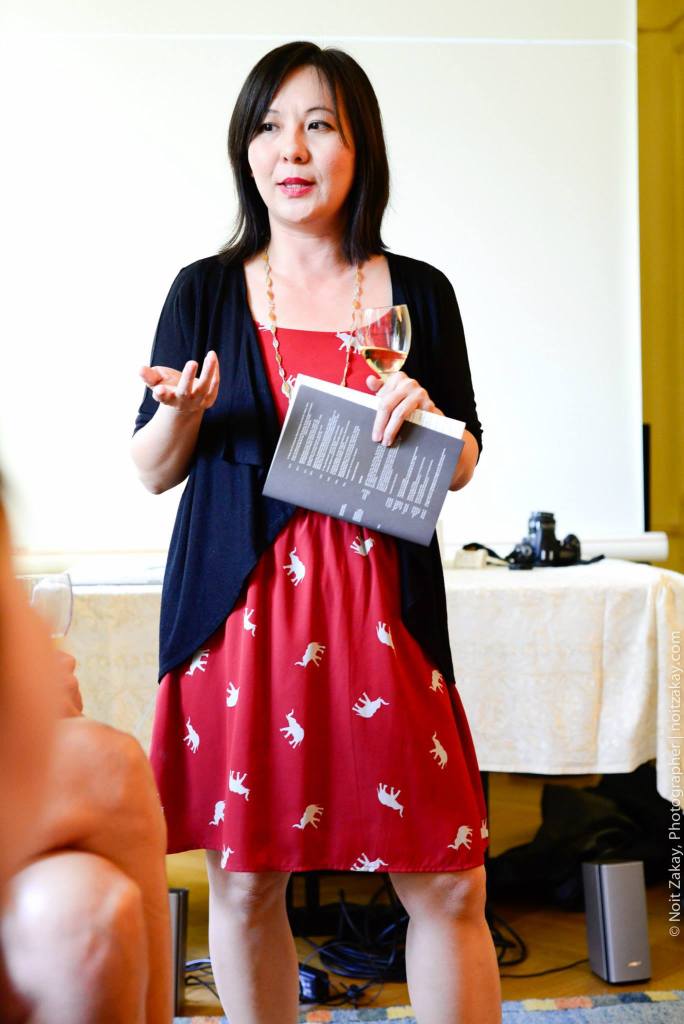 The conversation spurred by the presentations involved the questions of how Asian art was (re)represented and consumed; the ways in which technology and creativity intersect; and, of course, the politics of art. These issues fulfilled the hope of the organizers to make Eat&Crit a place for in-process discussions. That is, rather than a venue where artists simply do show-and tell, they would bring open problems to the table and involve the audience in their creative thinking, so that discussions would be conducive to both developing the work(s) and maybe possible future collaborations.
The conversation spurred by the presentations involved the questions of how Asian art was (re)represented and consumed; the ways in which technology and creativity intersect; and, of course, the politics of art. These issues fulfilled the hope of the organizers to make Eat&Crit a place for in-process discussions. That is, rather than a venue where artists simply do show-and tell, they would bring open problems to the table and involve the audience in their creative thinking, so that discussions would be conducive to both developing the work(s) and maybe possible future collaborations.
We look forward to the next rendition of this project, perhaps in Italy or Cuba!
-Zhanara Nauruzbayeva
